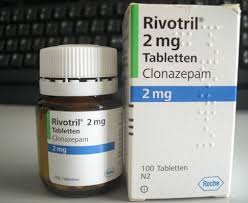Description
Chloroquine phosphate is a medication used in the prevention and treatment of malaria where malaria is known sensitive to its effects. Certain resistant malaria strains and complicated cases sometimes require different or additional medicines. It is used occasionally for Rheumatoid arthritis, amebiasis occurring outside the intestines and lupus erythematosus. It is taken by mouth. Order Chloroquine Tablets 250 mg
Side effects:
Side effects include neuromuscular, hearing, gastrointestinal, brain, skin, eye, cardiovascular (rare), and blood reactions
- Mild and transient headache.
- Seizures
- Deafness or tinnitus.
- Nausea, vomiting, diarrhea, abdominal cramps, and anorexia.
- Skin itchiness, skin color changes, hair loss, and skin rashes.
Chloroquine-induced itching is very common among the black Africans (75%), but much less common in different races. It increases with age, and is so severe as to stop compliance with drug therapy. It is increased during malaria fever; its severity is correlated to the malaria parasite load in blood. Some evidence indicates it has a genetic basis and is related to chloroquine action with opiate receptors centrally or peripherally.
- Hypotension and electrocardiographic changes;
This manifests itself as either conduction disturbances (bundle-branch block, atrioventricular block) or cardiomyopathy – often with hypertrophy, restrictive physiology, and congestive heart failure. The changes may be irreversible. Only two cases have been reported requiring heart transplantation, suggesting this particular risk is very low. Electron microscopy of cardiac biopsies show pathognomonic cytoplasmic inclusion bodies. - Chloroquine retinopathy;
Can be irreversible with long-term use for many years or with too high doses. Patients on long-term Chloroquine therapy should be screened at baseline and then annually after five years of use. Patients should be screened for vision changes such as blurring of vision, difficulty focusing, or seeing half an object. - Unpleasant metallic taste;
This could be avoided by “taste-masked and controlled release” formulations such as multiple emulsions.
Pancytopenia, aplastic anemia, reversible agranulocytosis, low blood platelets, neutropenia. Order Chloroquine Tablets 250 mg





Reviews
There are no reviews yet.